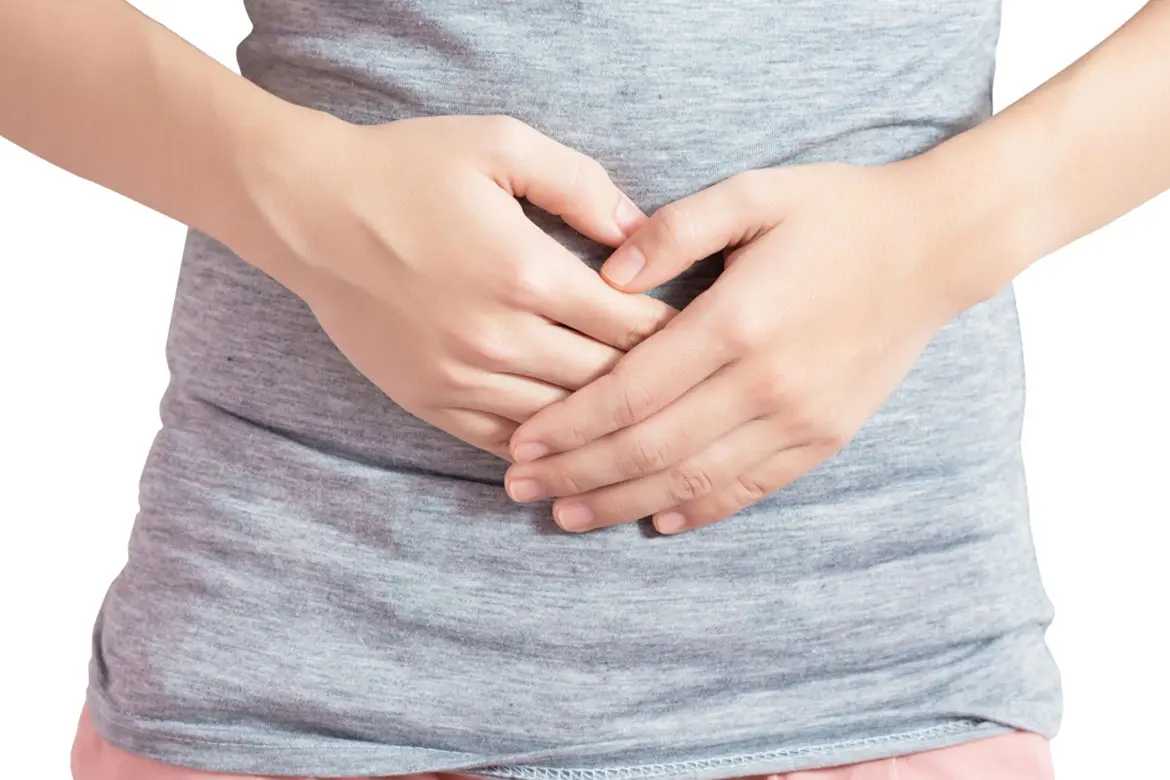-
-
Featured Care Areas


Source: Shutterstock
Saving Your Chances for a Baby: Fertility Hope for Women with Cancer
Last updated: Tuesday, November 8, 2016 | 7 min reading time
Cancer treatment can put a woman's fertility at risk. It is important to know the options available for you to preserve your fertility as you fight cancer.
Dr Ann Tan, obstetrician and gynaecologist at Mount Elizabeth Hospitals and medical director of Mount Elizabeth Fertility Centre, talks about the option of fertility preservation in cancer patients.
Cancer and a woman's fertility are seldom talked about in the same breath as it is often thought impossible to have a baby during or after cancer treatment.
However, in this day and age where cryopreservation of eggs is an established procedure with proven success in producing live births, the option to save a woman's fertility potential must be made known and discussed, especially when cancer hits a young woman in the prime of her life.
How cancer treatment affects fertility
Various cancer treatments, while vital to cure or control the disease, often may have damaging effects on the ovaries and thus egg production. As women are born with a finite number of eggs, infertility is commonly a potential risk of therapy.
Thus, when a woman is diagnosed with cancer, it is important for her to consider the option to preserve her fertility potential, even if this may not be an apparent concern at the time of diagnosis.
The return of menses after treatment does not equate to the return of fertility. Menopause may also set in faster after treatment, and age makes a difference to how a woman will respond to the treatment and how much damage to her fertility potential she could incur.
Preserving fertility in women with cancer
The top 10 female cancers in Singapore include the breast and the female reproductive organs1. Of these cancers, breast cancer has by far been increasing rapidly in number. The age-standardised incidence of newly diagnosed breast cancer in females has risen significantly over the years. It has risen almost threefold in the last 40 years.
As this rise includes an increase in the number of women in their reproductive years who are affected, saving their fertility potential can offer them renewed energy and purpose to fight the disease.
More than 80% of women below the age of 40 with breast cancer are successfully treated today2. Hence, prior to any form of chemotherapy or radiotherapy following the diagnosis of cancer, there should be a discussion between the oncologist or surgeon and the patient about fertility preservation, and thereafter between the patient and the fertility specialist. This follows the guidelines recommended by the American Society of Clinical Oncology (ASCO).
Fertility conservation for women is done in a few ways, some more established than others.
Cryopreservation: an option to preserve your fertility
Cryopreservation was pronounced as a proven viable method for fertility preservation (no longer an experimental procedure) in a joint document entitled Mature Oocyte Cryopreservation: A guideline between the American Society for Reproductive Medicine (ASRM) and Society of Assisted Reproductive Technology (SART) in 2013, which was endorsed by the American College of Obstetricians and Gynaecologists as well. The American Society of Clinical Oncology (ASCO) also recommends that fertility preservation should be discussed with all patients of reproductive age if infertility is a potential risk of therapy.
Cryopreservation refers to the freezing of cells and tissues in order to stop all biological activity and preserve them for future use.
Vitrification, a technology for cryopreservation of embryos and eggs, has allowed excellent survival rates from freezing and subsequent thawing. Vitrification involves instant solidification without ice formation. It is a fast cryopreservation method with high survival rates due to low risks of damages to the cells from ice crystal formation. Vitrification has been found to be much more effective than the slow-freezing method of the past.
For those who are married, creating embryos for cryopreservation is also possible and preferred as it offers a higher chance of a successful pregnancy. It takes a few frozen eggs to create one embryo as not all eggs are healthy and not all resultant embryos are of good quality.
Collecting eggs takes approximately 2 weeks of stimulation. Using newer protocols and drugs, there is no need to wait for a particular time in the menstrual cycle to start the stimulation. Egg retrieval is performed as a day procedure under sedation. Hence, there will be minimal delay or disruption to the cancer treatment plan.
Alternative options for fertility preservation?
For those who are still in their teens or earlier, removing an ovary and saving the cortex is another possibility. This procedure is still considered experimental at this stage, although there has been data to show that there is return to fertility when the tissues are re-implanted into the woman at a later date.
All or part of the ovary is removed by laparoscopy. The ovarian tissue is then cut into small strips, frozen and stored. After cancer treatment, the ovarian tissue can be thawed and placed close to the fallopian tubes or in another part of the body. Once the transplanted tissue starts to function, eggs can be harvested and fertilised in the laboratory.
At this point, ovarian tissue freezing and transplant is not recommended for women with blood cancers or ovarian cancer due to the risk of putting cancer cells back in the body with the frozen tissue.
Occasionally, in the cases of identical twins, the implantation of donor ovarian material from the twin has been shown to help the recipient regain fertility too.
The key to note in all this discussion is the fact that research has not shown that pregnancy can cause the cancer to return!
No proof that pregnancy increases cancer risk for mom or baby
Breast cancer, in particular, is one cancer that people worry about because of the hormonal changes, but studies suggest that survival rates in women who become pregnant after breast cancer are as good as women who do not.
There is also no proof that a woman's past cancer has any direct effect on her baby. There has not been found to have an increased rate of birth defects or other long term health concerns in the children born to women who have had breast cancer.
However, if the cancer treatment has damaged other organs, eg. the heart or lungs, then that could add complications to the pregnancy. For those who are considering pregnancy after cancer, it would be a good idea to discuss this with a maternal foetal specialist to consider the implications.
What if I didn't preserve my fertility before cancer treatment?
If a woman did not have the opportunity to preserve her fertility prior to cancer treatment, a visit to a reproductive/fertility specialist will help to determine her current status and give an honest assessment of her fertility potential.
A joint discussion between the oncologist, surgeon, haematologist, IVF clinician and IVF team are key to the success of fertility preservation. Fertility centres should be working with oncologists and oncology surgeons towards creating greater awareness of these opportunities with the aim of empowering women to save their fertility if they want to.
National Registry of Cancers in Singapore 2010-2014
Fertility Preservation in women with breast cancer, NCBI www.ncbi.nlm.nig.gov - PMC3404603
Fertility Preservation in women with breast cancer, NCBI www.ncbi.nlm.nig.gov - PMC3404603








